Researchers at North Carolina State University and Elon University have developed soft robots based on magnetic field-directed self-assembly of magnetic particles into chains embedded in elastomer films.
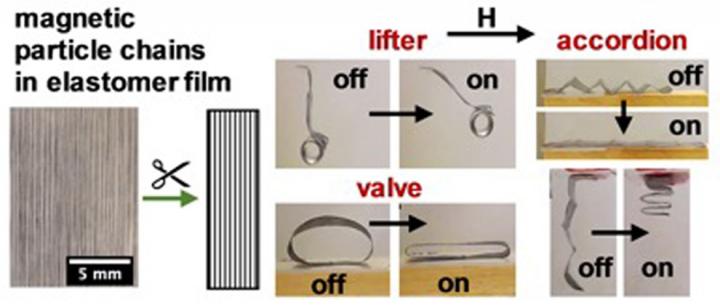
Researchers at North Carolina State University and Elon University have developed soft robots based on magnetic field-directed self-assembly of magnetic particles into chains embedded in elastomer films.
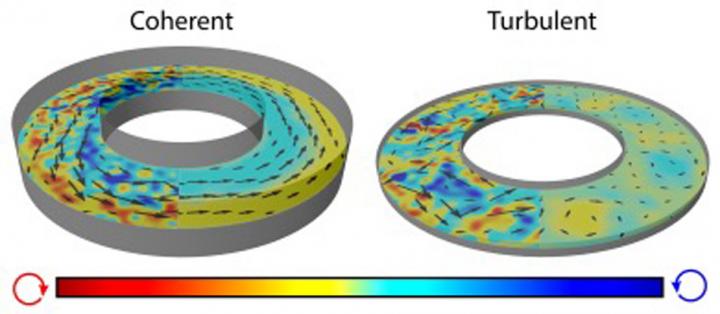
Navier-Stokes equations dictate that the conventional fluid flows only in response to an externally imposed gradient in stress or a body force. We developed a novel active fluid that is comprised of microtubules and energy consuming molecular motors kinesin.
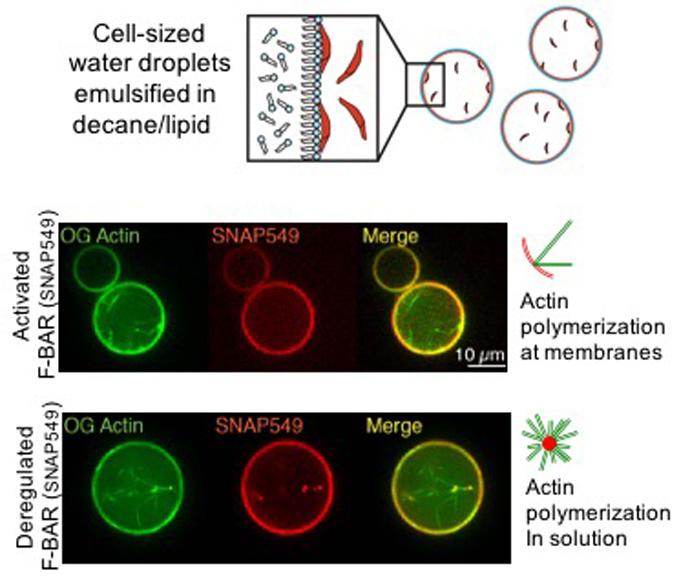
Biological membranes are deformed and shaped by proteins that assemble into higher-order scaffolds. These scaffolds target the force-generating polymerization of actin filaments to deform and shape the membrane.
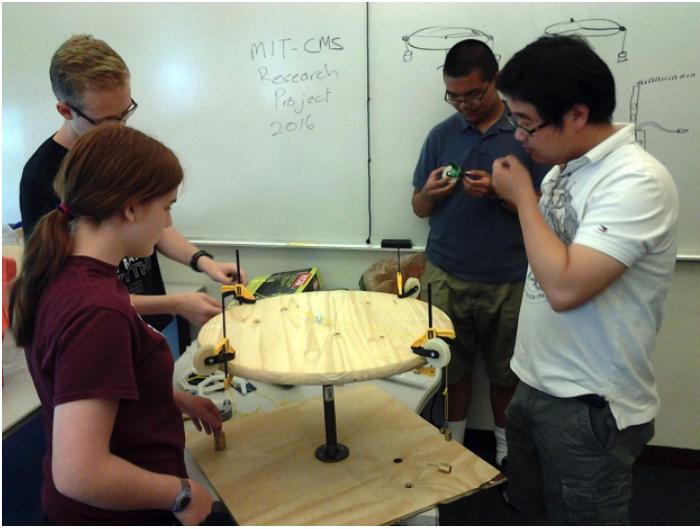
The Research Experience for Teachers (RET) program at the MIT MRSEC immerses local science teachers in materials research on campus to increase their content knowledge, and develop pedagogical material for their classroom use.
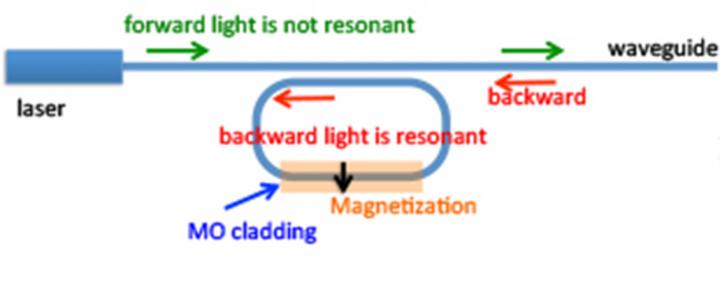
MIT MRSEC researchers, have created both polycrystalline and single-crystal films of iron-substituted metal oxides that show room temperature magnetism and magneto-optical properties depending on the oxygen pressure at which the films are grown and their resultant oxygen composition.
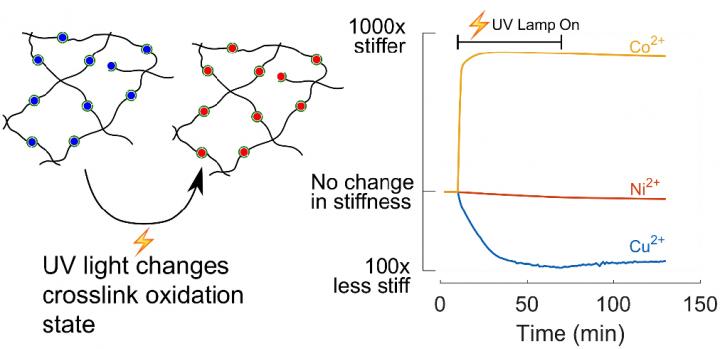
MIT MRSEC researchers have developed stimuli-responsive hydrogel materials that can change their mechanical properties upon exposure to light. Insights generated from these studies will aid in the development of programmable hydrogels with specific stress-relaxing or energy-dissipating properties.
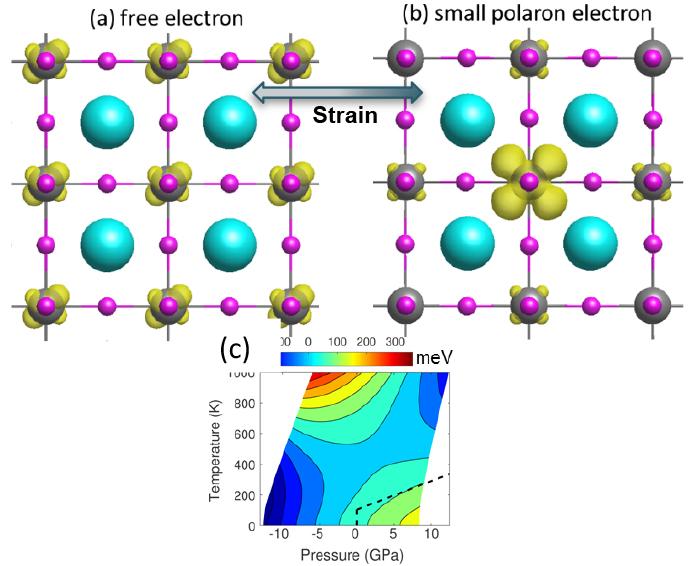
MIT MRSEC researchers have demonstrated that the combined action of temperature and mechanical stress can tune the relative stability of electronic defects in semiconducting oxides.
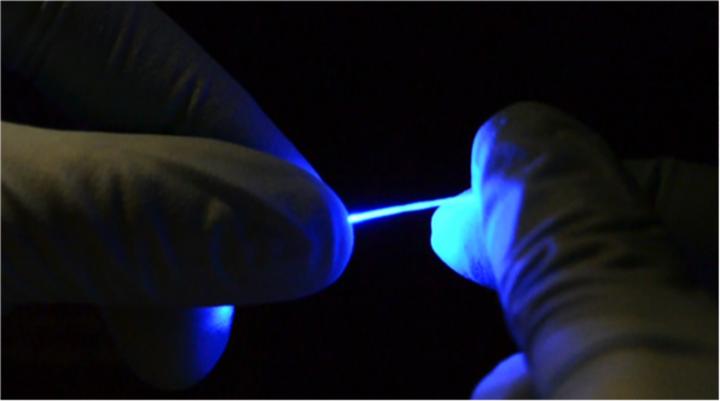
Intellectual Merit: Currently neurological and neuromuscular disorders such as spinal cord injuries and Parkinson’s disease are poorly understood. A impediment to advances in this area is a lack of materials and devices that would allow for precise long-term two-way communication with groups of neurons (nerve cells) in the body.
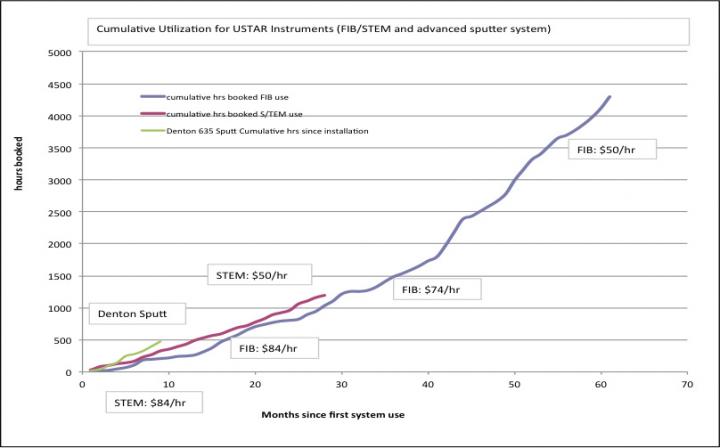
Leveraged upgrades to Scanning Transmission Electron Microscope (S/TEM) and Focused Ion Beam System (FIB) include Gas-phase Environmental TEM, 3D EDS tomography (S/TEM), and others.
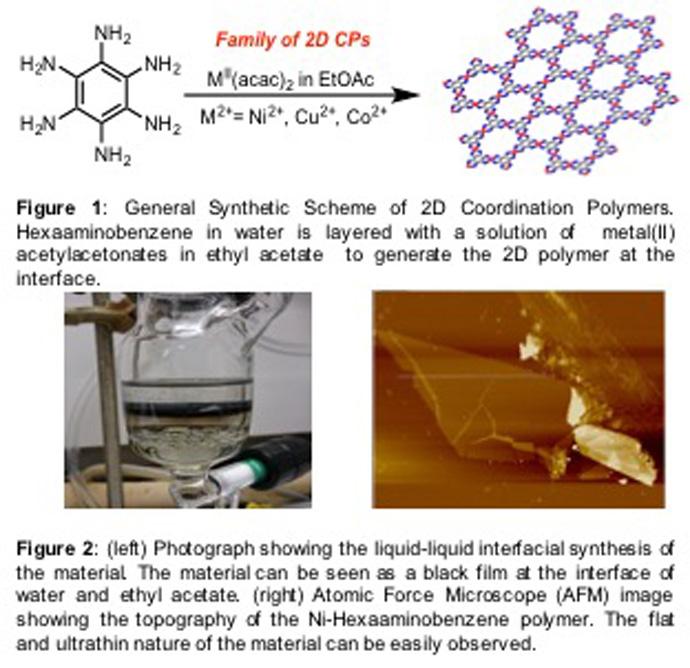
Since the discovery of Graphene, there has been a significant interest in the search of new 2D materials which would show similar interesting properties such as electrical and thermal conductivity, superconductivity, and topological gap.